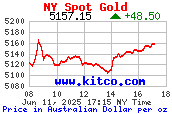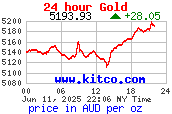History: Fiat money inflation in France – Part 2: Assignats
Max Keiser, of maxkeiser.com, James Turk, Director of The GoldMoney Foundation and Pierre Jovanovic, jovanovic.com, tell the story of the introduction of Fiat Money to France.
In this episode we look at the use of Fiat Money during the French Revolution and how monetary mismanagement made an already delicate situation even worse, destroying the nation’s economy and encouraging political radicalism.
We start with the debates over the issuence of paper money, explaining that the previous experience of John Law made French statesmen like Necker very cautios about fiat currency. The debates over the first issue of assignats were hard fought and lasted a long time, with the first issue of assignats approved by just a handful of votes and with all manner of guarantees to insure that it was “backed” by land and other forms of collateral.
The first issue of assignats had some very positive short term effects, stimulating commerce as paper wealth spread. However, the government took only a few months to spend the money raised and very soon cries were raised for more. This time a new issue was approved by a large majority. We look at how this paper money inflation started to drive prices higher, encouraging the creation of more paper in increasing amounts as the government and its clients became addicted to newly-created money. Rising prices were blamed on all manner of scapegoats in order to divert attention from the real cause: money printing.
As the situation worsened, the worst rose to the top, with Clavière becoming Minister of Finance with the promise to increase printing. Gresham’s law started to act in full force, driving good money out of circulation with such force that silver, gold and even copper disappeared from the market. Attempts to put ceilings on prices through the “Law of the Maximum” and to prop up the value of assignats failed, and only succeeded in criminalising most commerce with increasingly harsh penalties — eventually including death — for those that sold above established prices or refused to accept payment in worthless government paper. Even the guillotine was not enough backing to ensure the assignat’s survival.
Eventually food riots brought down the revolutionary government, and after several interim reactionary governments culminated with Napoleon’s military rule. Napoleon brought back the gold standard, which survived until the first World War.
Further reading:
Fiat Money Inflation in France, Andrew Dickson White
Early Speculative Bubbles and Increases in the Supply of Money, Douglas E. French
Reflections on the Revolution in France, Edmund Burke
Assignats And Mandats; A True History, Stephen Devalson Dillaye
What Has Government Done to Our Money?, Murray N. Rothbard
Our copyright policy does not apply to this video, Text and video copyright to original owner, video shared from youtube.

















Leave a Reply